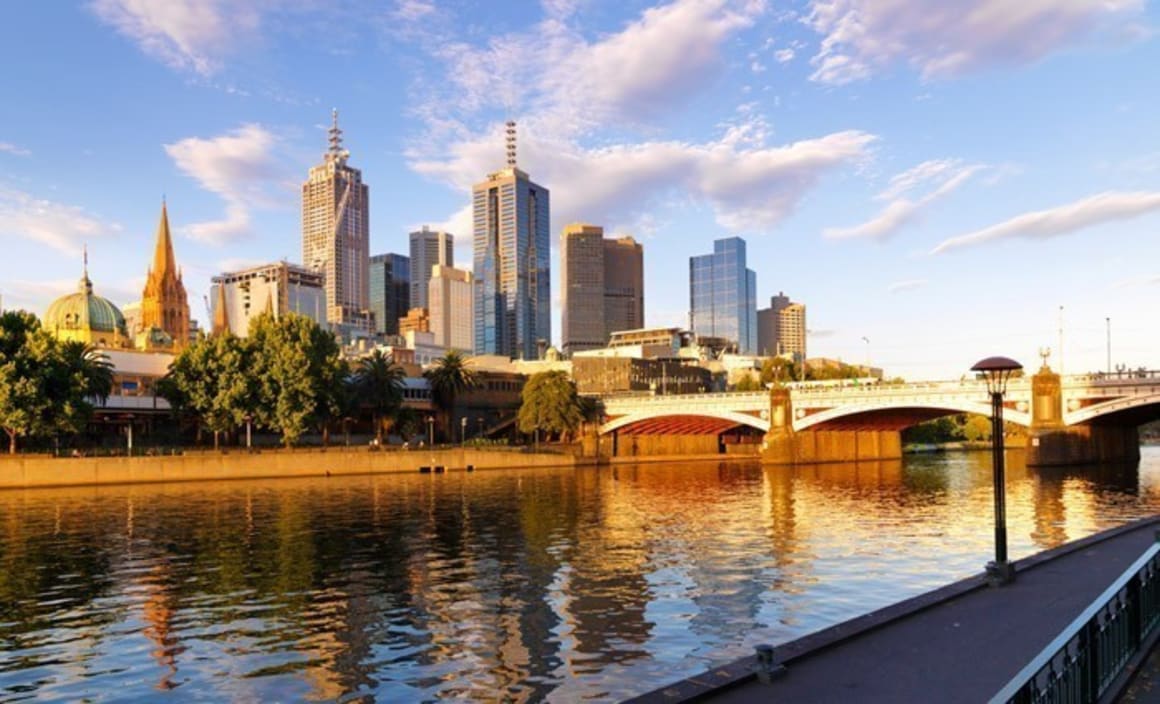Capital values increase in Melbourne industrial property: HTW

The combination of a stable rental market and the slight firming of yields has seen an increase in industrial property capital values over 2015, according to valuation firm Herron Todd White.
The HTW report suggests there is an acknowledgement that many companies, particularly those in the manufacturing sector, are still struggling with high costs and overseas competition.
"The fall in the value of the Australian dollar has improved local competiveness, and it is unlikely that we will see rampant price rises with these economic headwinds.
"A case in point is the retreat of the major car makers from the Australian market over the next two years and the likely oversupply of established buildings which will hit the market on their departure.
"Capital values in the city fringe areas are more a function of the underlying land value with the rental income often treated as a short term holding return pending redevelopment", says the HTW month in review.
The report notes these areas are expected to remain buoyant in the ensuing 12 months.
It also suggests that incentives have been increasing, particularly for larger and speculative developments, which offsets some of the higher asking face rents in this sector.
"Traditionally, the leasing market operates on an incentive equivalent to one month rent free per year of term (8.33%) but can be as high as 30% in some high end deals.
"Returns are typically net with the tenant responsible for payment of statutory outgoings, insurance premiums, utilities, operating costs and non-structural repairs and maintenance."
The report goes on to add that outgoings have been generally in the range of $8 to $15 per square metre of building area, higher for specialised buildings or buildings with particularly low site coverage.
"Yields have been generally firming as a response to a prolonged period of historically low interest rates and it is particularly evident for institutional grade property where a combination of strong demand and a scarcity of ‘blue chip’ assets has pushed yields and IRR’s to pre-GFC levels", says the HTW November review.
"The market doesn’t differentiate to any great extent in terms of required yield over Melbourne’s main industrial markets with the exception of the City Fringe market (including Port Melbourne, West Melbourne, Abbotsford, Collingwood and Richmond) where the high underlying land values and redevelopment potential support tighter yields."
As a general overview, Herron Todd White offers the following Capital Value and Rental Rate ranges.
"Capital values in the western market continue to range from $800 to $1,075 per square metre of building area for prime and from $500 to $700 per square metre of building area for secondary properties.
"Capital values in the northern market range from $850 to $1,150 per square metre of building area for prime and from $550 to $750 per square metre of building area for secondary properties.
"Capital values in the south eastern and eastern markets range from $1,000 to $1,300 per square metre of building area for prime and from $600 to $800 per square metre of building area for secondary properties.
"Prime rents in the western market continue to range between $60 to $70 per square metre per annum net plus GST and secondary rents are $45 to $55 per square metre per annum net plus GST.
"Prime rents in the northern market are between $65 and $75 per square metre per annum net plus GST and secondary rents are $50 to $60 per square metre per annum net plus GST.
"Prime rents in the south-eastern market are between $75 and $85 per square metre per annum net plus GST and secondary rents are $55 to $65 per square metre per annum net plus GST.
The month in review says going forward, major projects include the sale of the Port of Melbourne leasehold with the proceeds committed to the improvement of road infrastructure through the removal of rail crossing ‘bottlenecks’.
"There are planned upgrades to major freeways over the next two years including the Western Distributor project and the Monash Freeway upgrade at Hallam.
"Strong demand from the transport and distribution sector has been fuelled by the rise of on-line retailing and its reliance on large scale warehousing.
"The proposed opening of the Melbourne Wholesale Fruit and Vegetable Market in Epping continues to drive demand in the northern industrial market."
"In light of this, the retreat of the major car makers from the Australian market over the next two years and the likely oversupply of established buildings which will hit the market on their departure will continue to put pressure on the market for secondary properties", the report concludes.